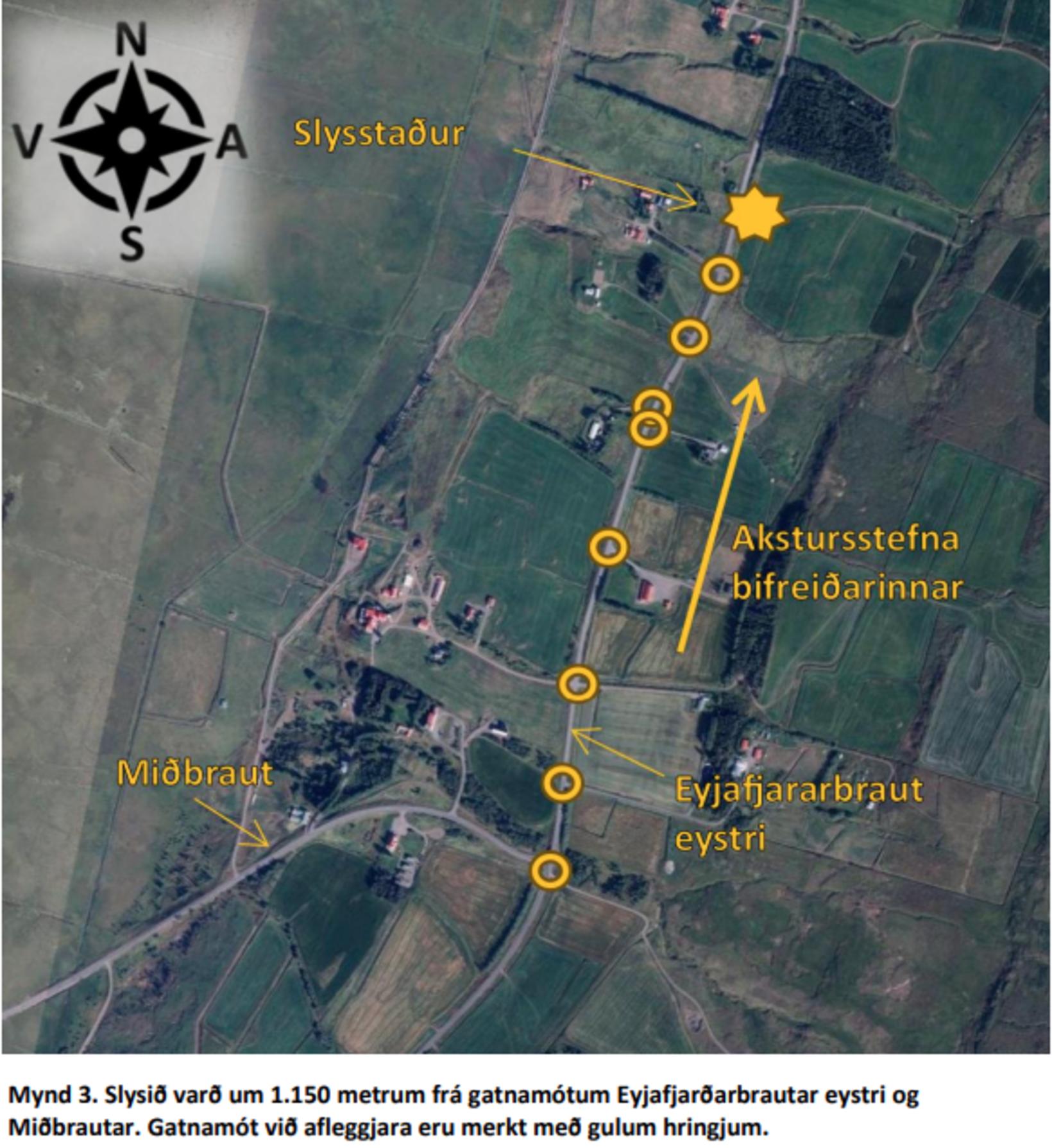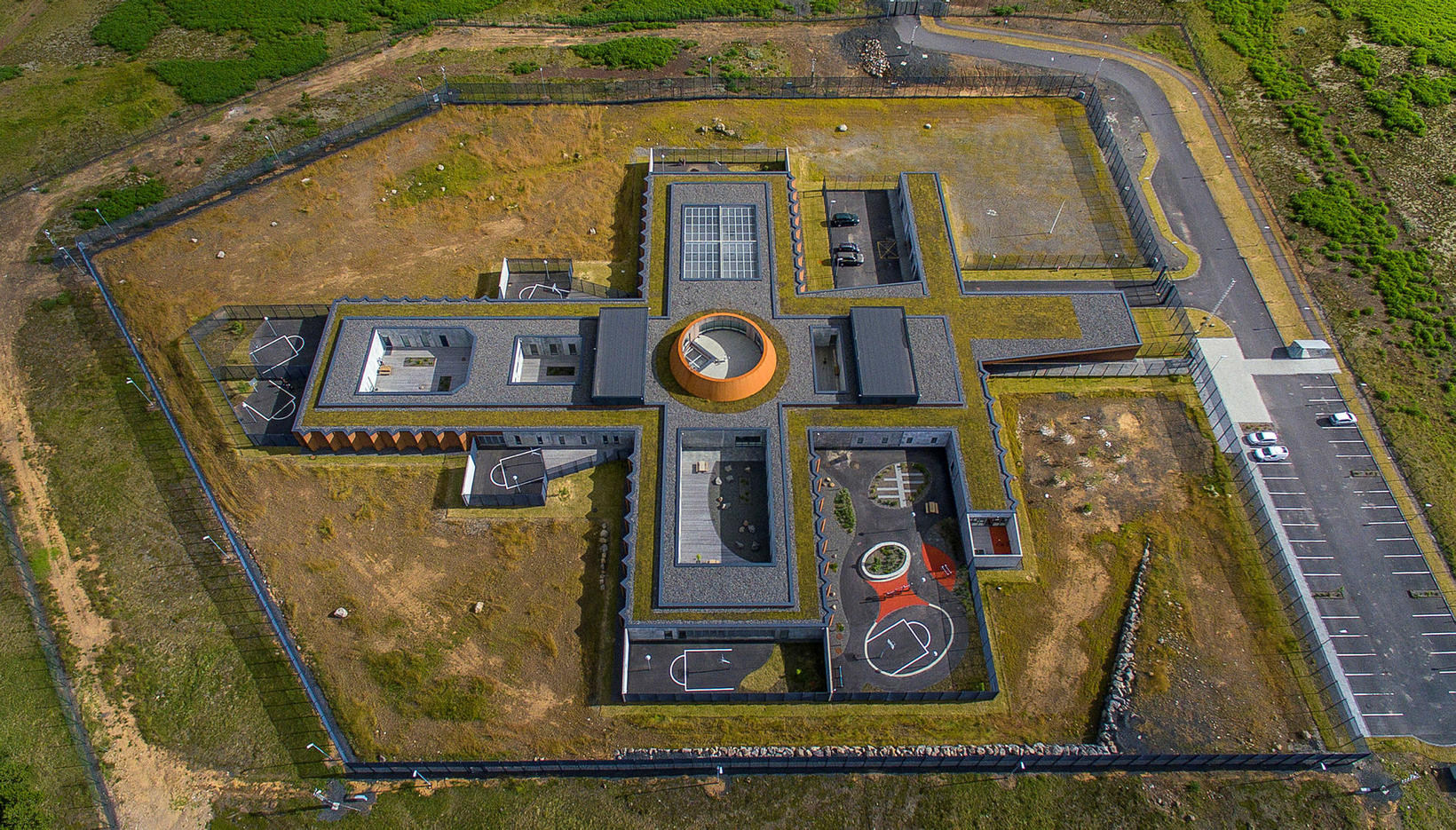Global warming increased the likelihood and warmth of a heat wave

The heatwave that crossed Iceland in May was in many ways unusual. It took place early in the year, was very widespread and lasted for a long time or continuously for ten days.
The report of an international group of scientists, the World Weather Attribution, at the London Grantham Institute, which conducted an analysis of the heat wave, has been presented.
Climate change fate
If it had not been for global warming caused, the temperature would have been three degrees lower than it turned out to be. Then the climate change heat wave made 40% more likely according to the analysis.
The last month of May was the warmest in the country since the beginning of measurements. Temperatures measured above 20 degrees of any weather station in the country for ten days in a row, from 13-22. May.
A new record was set for 94% of the weather stations and a new temperature record in Iceland was struck in triplicate. The highest temperature measured 26.6 ° at Celsius at Egilsstaðafjörður Airport on May 15. In some areas, temperatures reached more than ten points above the season average.
Underestimated
The results of the report are based on the analysis of weather observations from both Iceland and Greenland as well as climate models. According to them, the effects of global warming on the heat wave are likely to be underestimated, as it is known that climate models cannot capture the extent of global warming.
The earth has warmed about 1.3 ° on Celsius since before the industrial revolution and the authors say that such a heatwave is expected to expect every hundred years. Thus, it is an event that could not have taken place until recently, such as Friederike Otto, a climate scientist from Imperial University in England, put it in the presentation.
The position of the weather system cause
The research group believes that if global warming is doubled and amounts to 2.6 ° on Celsius, then for the industrial revolution, the heat wave of the magnitude we experienced in May two degrees hotter and at least twice as likely.
As has been stated, the cause of the heatwave was the position of weather systems around the country. The height of the Faroe Islands provided unusually warm air south from the United Kingdom and mainland Europe across Iceland and Greenland.
The scientists believe that further global warming is not likely to contribute specifically to similar weather conditions and then. However, it will be warmer if such weather conditions are created due to global warming.
Seventeen times faster melting Greenland glacier
Heat deviations in Greenland were even more than in this country. Thus, the temperature was greatest in Ittoqqortoormiit, more than 13 degrees above average temperature. The temperature was at most 14.3 ° on Celsius, but is usually about 0.8 degrees.
The group believes that the melting of the Greenland glacier has become seventeen times faster than it is on average a year while the heat wave was over.
Greenlanders have long relied on sea ice to get between places and to get fishing. The melting of sea ice due to global warming threatens Greenland’s way of life.
The group makes reservations that its science article on the heat wave in May was not peer -reviewed, but clearly states that research methods that have been applied are multifaceted to assess the effects of global warming on weather events.






:format(webp)/s3/static.nrc.nl/wp-content/uploads/2025/06/05082658/data133175350-349c0f.jpg)


